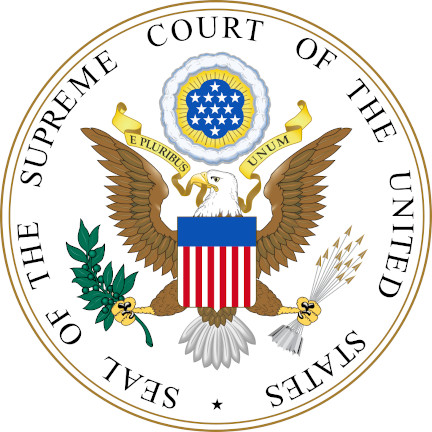Gibbons v. Ogden - interstate commerce
03/02/1824 AD decided
Landmark decision in which the Supreme Court of the United States held that the power to regulate interstate commerce, granted to Congress by the Commerce Clause of the United States Constitution, encompassed the power to regulate navigation.[1][2] The case was argued by some of America's most admired and capable attorneys at the time. Exiled Irish patriot Thomas Addis Emmet and Thomas J. Oakley argued for Ogden, while U.S. Attorney General William Wirt and Daniel Webster argued for Gibbons.
Aaron Ogden filed a complaint in the Court of Chancery of New York asking the court to restrain Thomas Gibbons from operating on these waters. Ogden's lawyer contended that states often passed laws on issues regarding interstate matters and that states should have fully concurrent power with Congress on matters concerning interstate commerce.
Gibbons' lawyer, Daniel Webster, argued that Congress had exclusive national power over interstate commerce according to Article I, Section 8, Clause 3 of the Constitution and that to argue otherwise would result in confusing and contradictory local regulatory policies. The Court of Chancery of New York and the Court of Errors of New York found in favor of Ogden and issued an injunction to restrict Gibbons from operating his boats.
Gibbons appealed to the Supreme Court, arguing as he did in New York that the monopoly conflicted with federal law. After several delays, the court began discussing the meaning of the commerce clause in 1824, which by that time had become an issue of wider interest. Congress was debating a bill to provide a federal survey of roads and canals. Southerners, in particular, were growing more sensitive to what the resolution of these issues would mean to them as sectional disputes, especially over slavery, were increasing.
The U.S. Supreme Court ruled in favor of Gibbons. Congress had the right to regulate interstate commerce. The sole decided source of Congress's power to promulgate the law at issue was the Commerce Clause. Accordingly, the Court had to answer whether the law regulated "commerce" that was "among the several states." With respect to "commerce," the Court held that commerce is more than mere traffic—that it is the trade of commodities. This broader definition includes navigation. The Court interpreted "among" as "intermingled with."
Lattitude: 38.9072° N
Longitude: 77.0369° W
Region: North America

Modern Day United States
Subjects Who or What decided?
-
Supreme Court of the United States The highest court in the...
Events in 1824 MORE









